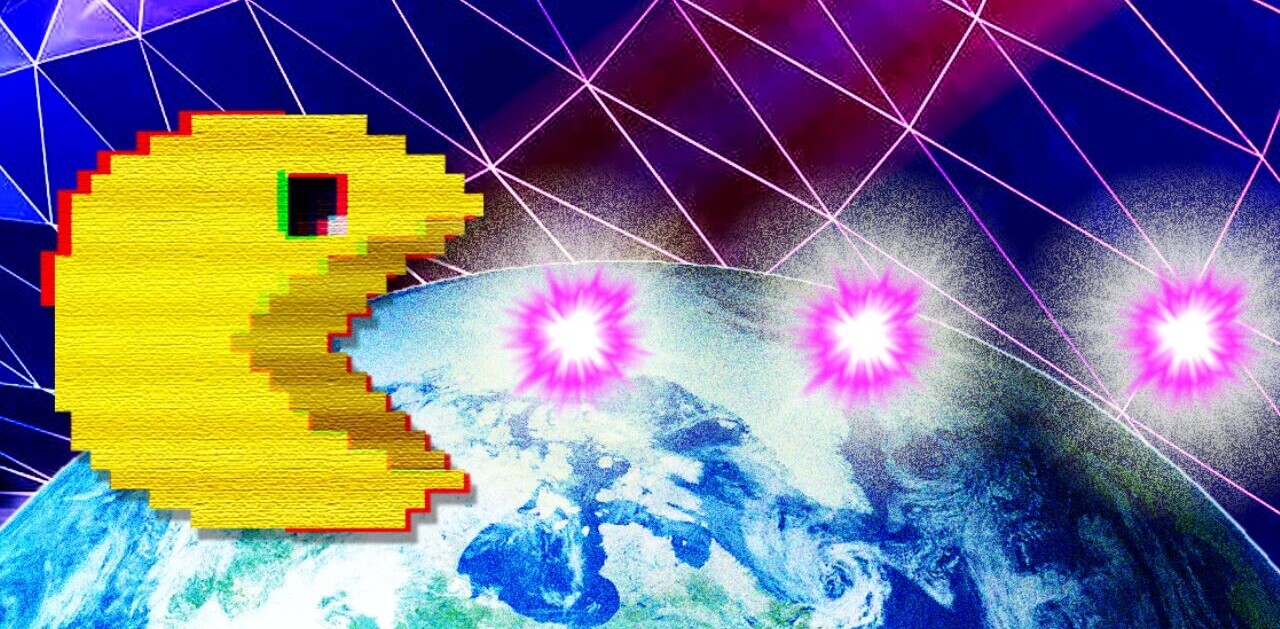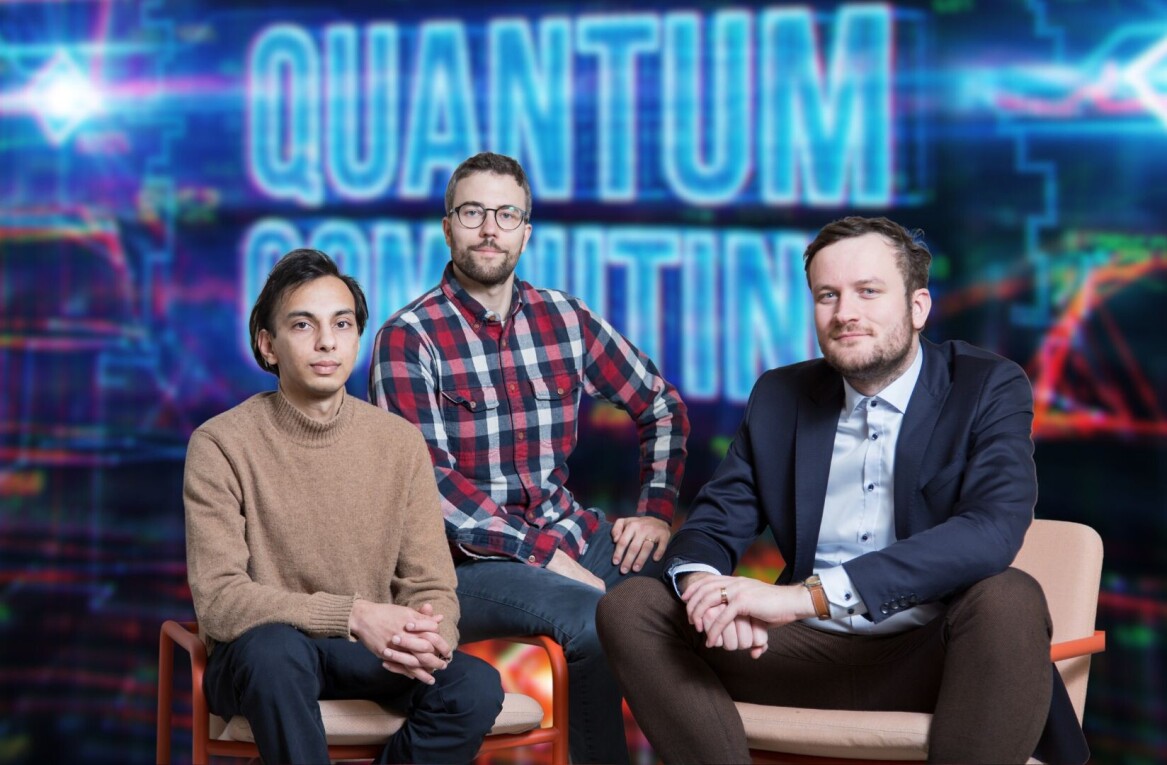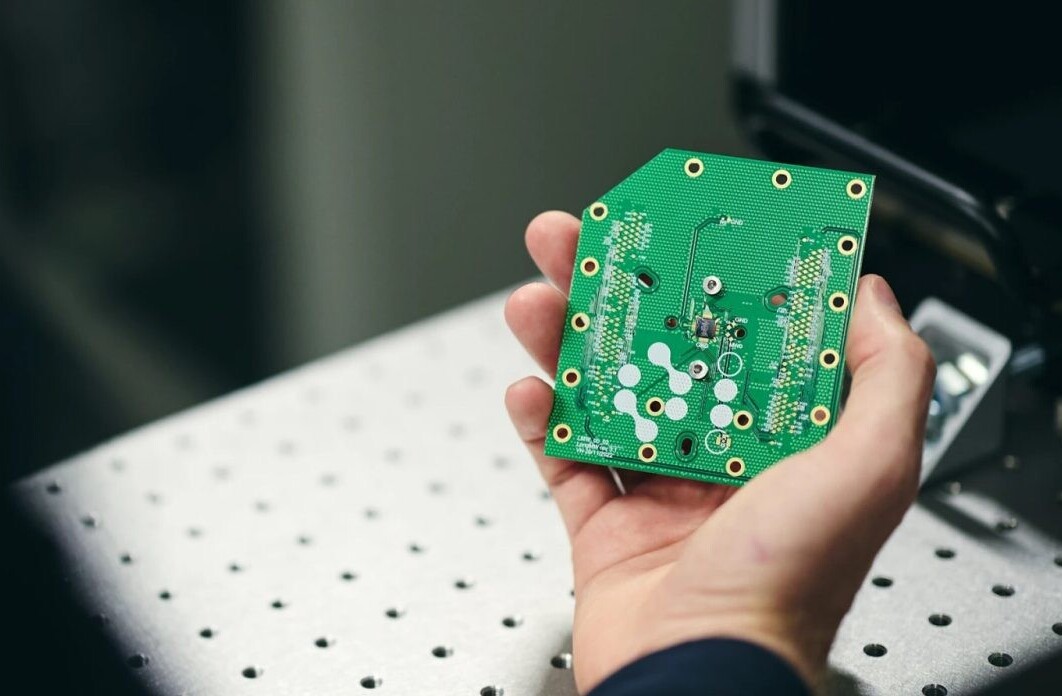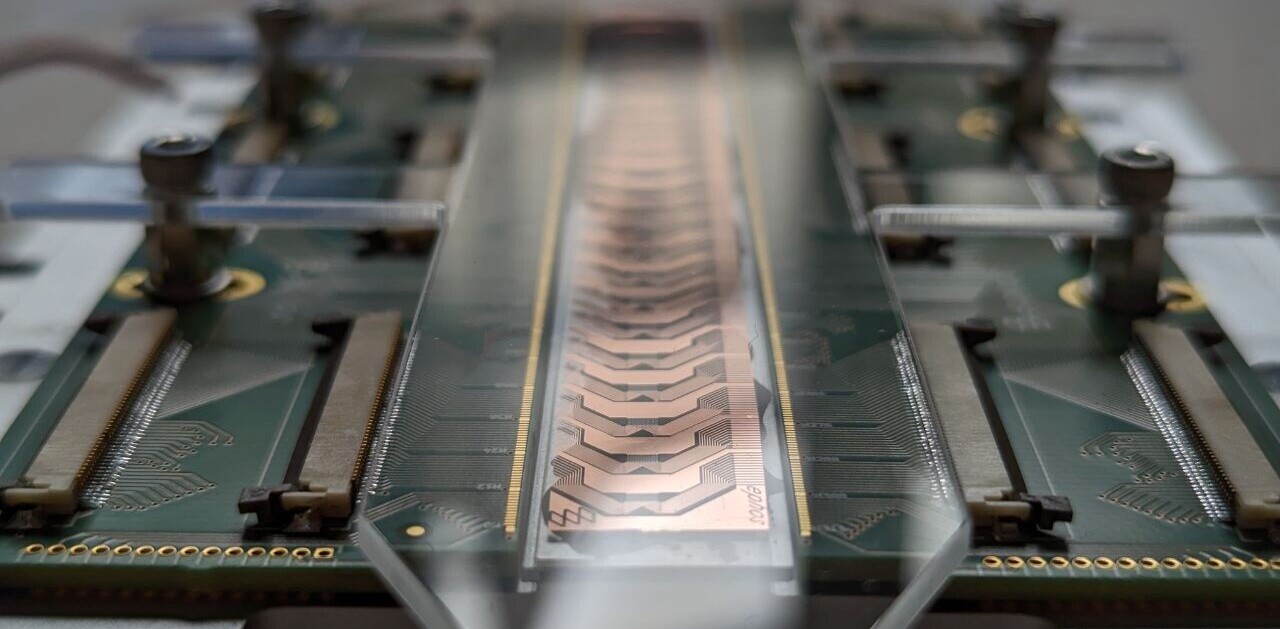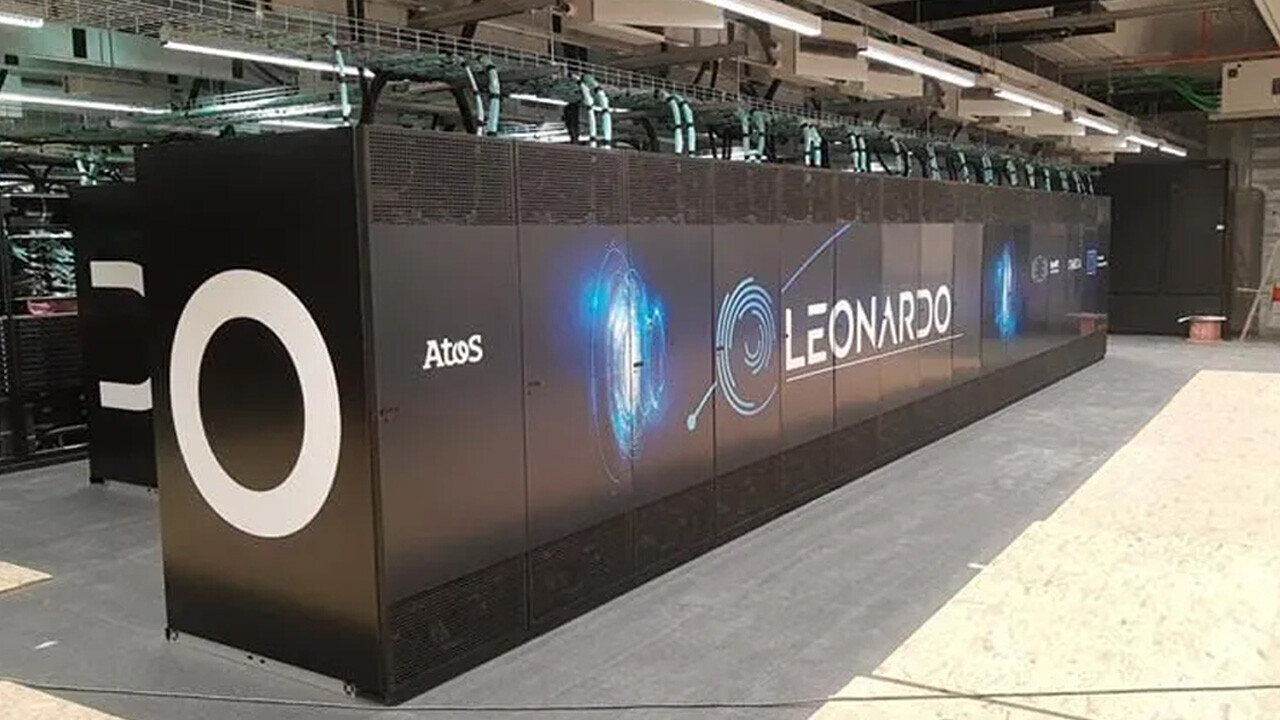
What’s got two thumbs, can perform over 240 PFLOPS, and just gave Europe a 50/50 share of the world’s top four most powerful supercomputers?
This supercomputer right here:
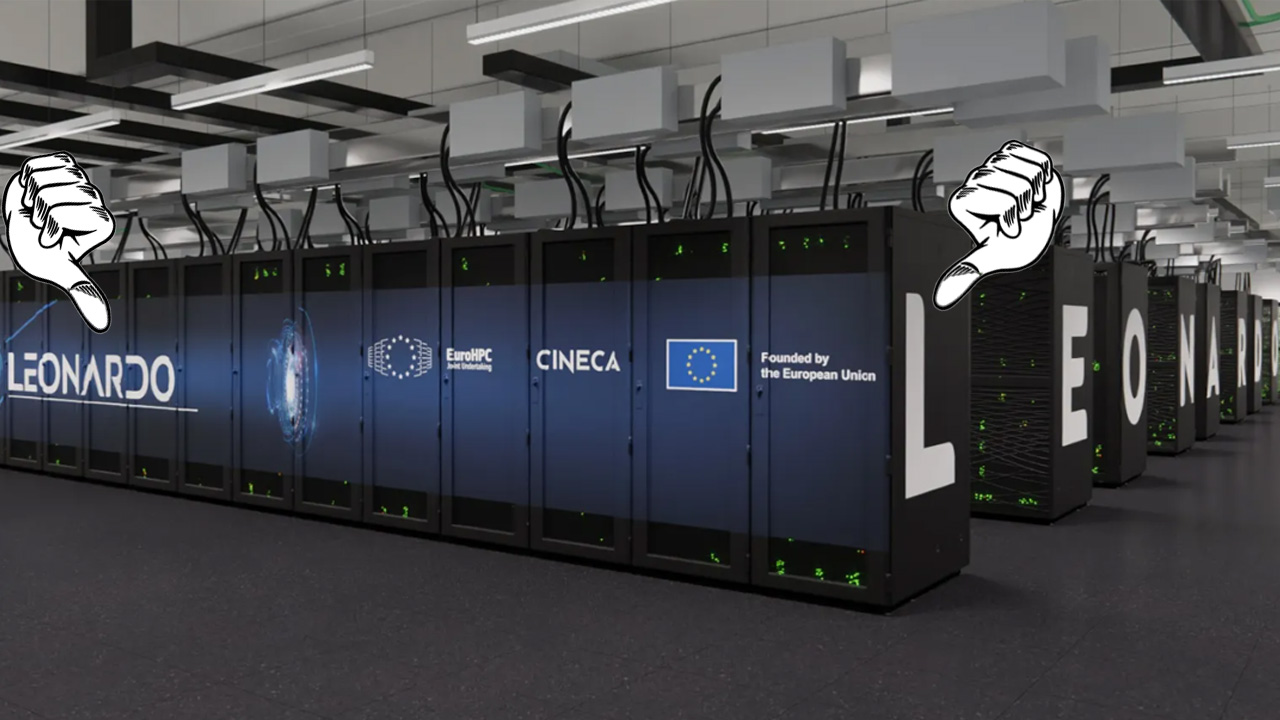
Dubbed the “Leonardo HPC System,” what you see above is the world’s fourth most powerful supercomputer and a potential quantum leap towards the creation of Europe’s first exascale computer.
Leonardo is built on architecture designed and developed by French high performance computing company Atos. It’ll officially go online and start solving problems on the 24th of November.
While folks in the US are enjoying their Thanksgiving turkeys, Leo will be inaugurated in Italy where it’ll go about the business of serving the scientific research community’s most taxing computational needs.
Leonardo by the numbers:
- 3,500 Intel Xeon processors
- 14,000 Nvidia A100 GPUs
- 4992 Intel Ice Lake computing nodes
- 249 PFLOPS
- 100 Petabytes storage
Once it’s formally online, Leonardo will officially become the second most powerful computer in Europe (behind its Finnish HPC system sibling “LUMI”) and the fourth most powerful in the world (Behind Japan’s Fugaki in second and The US’ Frontier in first).
Leonardo was built as part of The European High Performance Computing Joint Undertaking (EuroHPC JU). With co-funding from the EU and several member states, the group’s ultimate goal is to build the world’s fastest supercomputer bar none: an exascale supercomputer aptly called Jupiter, which is expected to go online in Germany in either 2023 or 2024.
What’s arguably most interesting about Leonardo is that it was apparently designed with upgradability in mind. Earlier this year the EuroHPC laid out future-facing plans involving quantum processing upgrades for its existing supercomputers.
Going forward, Leonardo is slated for some fancy quantum upgrades. Per the EuroHPC, Italian non-profit computing consortium Cineca will manage a new quantum computer on behalf of EuroHPC JU starting in 2023.
Leonardo’s specific architecture, called MSA (Modular Supercomputing Architecture), allows it to be physically connected to a quantum computer through a wired network through an integration called “co-localization.” That’s a form of hybrid quantum supercomputing that allows the two separate compute architectures to communicate at high enough speeds to share information loads.
What this means for Europe is exactly what we’ve been saying all along here at Neural: the European quantum computing sector is poised for massive growth. Within the next couple of years, the EU should have the world’s first, third, and fourth fastest supercomputers, with at least one of them operating in tandem with a quantum computer.
In the future, as hybrid quantum computing technology continues to develop, the EuroHPC’s Modular Supercomputing Architecture could very well ensure that Europe remains competitive with the US and China. Though, as far as supercomputers go, it remains to be seen if the EU’s upcoming Jupiter system will outclass the US’ upcoming Aurora, yet another exascale computer planned for near-term inauguration.
Get the TNW newsletter
Get the most important tech news in your inbox each week.
